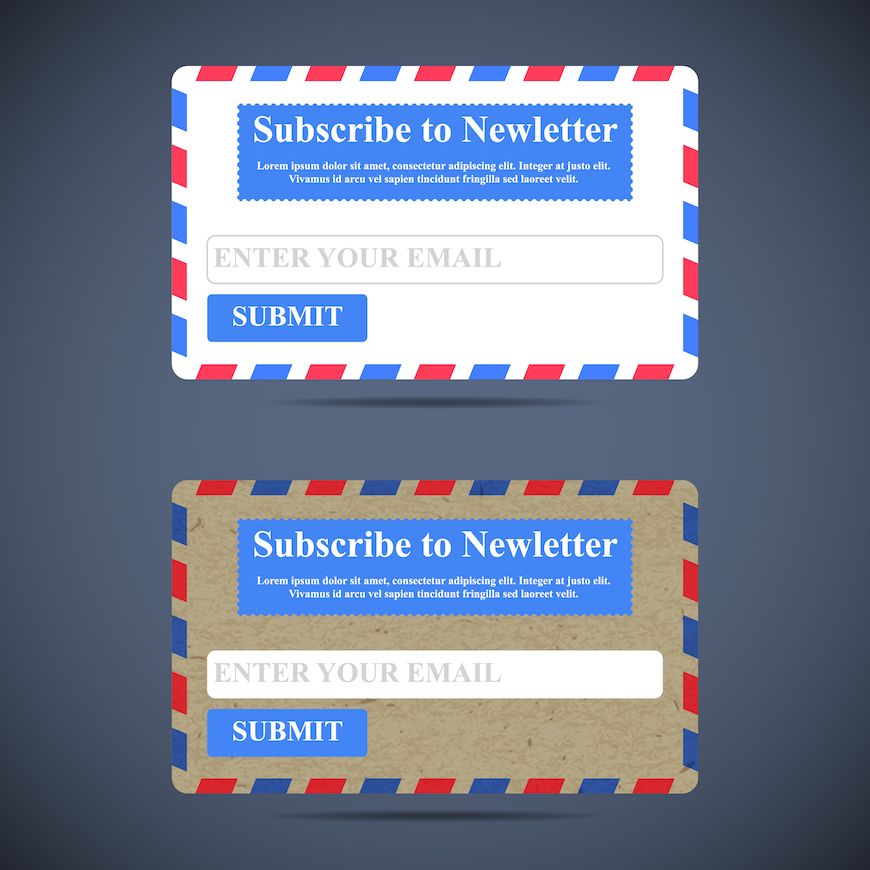
Split Testing Forms: A Lead Generation Strategy That Works

Smart marketers know that most improvements come from small changes. This rings especially true when it comes to improving your website’s lead generation process with split testing.
Big gains might be what you dream about but you can’t understate the power of split testing incremental edits. Smaller changes tend require very little effort and they can add up to have a huge impact. For example, try automatically putting a cursor in your first form field.
Want to see an example of split testing a form done right? Check out this cases study here. It gives you 3 examples of split testing that exceeded expectations (not all tests do!).
Why To Start Split Testing Your Forms
While you can technically split test with all manners of content (blog articles, website pages, email newsletters, etc.), forms are an excellent place to get started for two reasons:
- Forms are the most important part of your website.
- Your forms are generally intertwined with the heart of your website’s goals, so any kind of gain is an impactful one.
- Forms are easy to tweak.
- Each form has a finite number of important variables you can tweak, and they’re all relatively simple changes.
How You Should Split Test Your Forms
Ideally, the difference you test should be very minimal — the fewer variations between the two forms, the easier it is to make actionable decisions on the results.
Over time, one version of the form gains more conversions and that form becomes the new standard. Then, you choose another variable and start another round of split testing, continually selecting the more successful of the two forms and building a highly refined interface for your prospects.
In addition to the obvious benefit of finding the forms that net you a higher conversion rate, split testing your lead generation forms also allows you to use your form submissions as marketing intelligence. Each submission is a conversion AND insight into what your prospects prefer.
To read more about split testing methodology, you can check out Smashing Magazine’s ultimate guide to A/B testing.
Ideas for Split Testing Lead Generation Forms
Split testing is most effective when you make repeated, small changes to your forms. But what kind of changes should you make?
It’s amazing how even the subtlest changes can improve a user experience and lead to increased B2B lead generation. Sometimes, these changes even run counter to what you’d expect. The key is to experiment and build on your successes.
These features of your form are great candidates for split testing:
- Form Fields:
- Your fields themselves are great areas for testing. Experiment with both the number of fields and the types of fields you use.
- Multi-Step vs Single-Step Submission:
- Do your users prefer one long form or a multi-step form to gather all of the necessary information?
- Field Prompts:
- The text you use with your fields can go a long way to earning conversions. Does a lot of description (“My first name is:”) work better than short prompts (“First Name:”)? In addition, you can test if the prompt specificity encourages your users (“Phone:” vs “Work Phone:”).
- Call to Action (The Submit Button):
- Your form’s submit button offers a lot of room for split testing. Trying variations on the verbiage, style (color, shape, font, etc…) and even where it’s located on the page can all lead to a more successful form.
- Icons:
- Do your users prefer to have icons along with their prompts? Try running a test with and without them to find out.
- Eliminated Distractions:
- Your form can live inside your site with all of the normal navigation and sidebars, or it can be its own, distraction-free, page. split testing will let you know which is more appealing.
Split testing is not a one-and-done strategy. Making it work means repeated experiments and small gains. By starting with the better form and then testing another change, you will build an ever-improving lead generation tool — this is true whether you’re dealing with B2B, B2C, B2G, or any other kind of online interactions.
Need some help getting started with split testing? Let us know where you’re having trouble or inquire about our corporate training options. We love teaching almost as much as we love marketing.
Most newsletters suck...
So while we technically have to call this a daily newsletter so people know what it is, it's anything but.
You won't find any 'industry standards' or 'guru best practices' here - only the real stuff that actually moves the needle.







